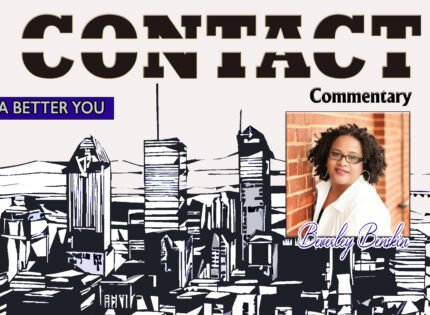
“When the school is on the reserve the child lives with its parents, who are savages; he is surrounded by savages and though he may learn to read and write, his habits and training and mode of thought is Indian. He is simply a savage who can read and write. It has been strongly pressed on myself, as the head of the department, that Indian children should be withdrawn as much as possible from the parental influence, and the only way to do that would be to put them in central training industrial schools where they would acquire the habits and modes of thought as white men.”
The above-mentioned quote is attributed to Sir John A. MacDonald as part of the summary of the recently-released report of the Truth and Reconciliation Commission of Canada. It certainly speaks to the way in which Canada has thought about its aboriginal peoples.
As a result, some 150,000 aboriginal children were removed from their homes and parents from the 1870s over a 100-year period and placed in government-funded Catholic (60%), Anglican (30%) and United Church of Canada (10%) church-run residential schools. Over 130 residential schools were located across the country with the last one closing in 1996.
During that time, many children were psychologically, physically and sexually abused with an estimated 6,000 dying in fires, of malnutrition, disease, and suicide.
The commission was established in 2008 as part of a class-action settlement brought about by former residential school students who took the federal government and the churches to court.
In addition to providing financial compensation to former students, the agreement called for the establishment of a Truth and Reconciliation Commission to document the truth of survivors, families, and communities, and to inform all Canadians about what happened at the Indian Residential Schools.
Having worked in aboriginal communities for close to ten years I have heard many of the stories first-hand. As a social worker I have had to deal with the legacy of the residential school children who were now parents and who did not have the benefit of learning about being a parent from their own parents.
I have heard countless stories about sexual abuse against both boys and girls. In one case I was told of a young lady who was beaten and dragged by her hair from her bunk bed to another room when she protested the sexual attack in front of other students as witnesses. The legacy of sexual abuse continues today in many aboriginal communities as a result of the residential school experience.
Another woman told me about having to scrub the basement floor for some twelve hours with her toothbrush for having cut her hair. Needless to say, she had to go on brushing her teeth with the same toothbrush.
And another told me of being embarrassed by her parents’ lifestyle, clothing, language and ceremonies when she returned from residential school, given that the objective was to civilize or take the Indian out of the children.
Then there is the experience of the communities from where the children were taken crying, often by force, by Indian agents and the RCMP, which left an emptiness in the community. Some described the feeling as being strange in a place without the liveliness of children.
The experience also made it difficult for the elders and children to be able to communicate in their native language, because the children were forbidden to speak their native languages at the school. One man told of having a block of wood placed in his mouth at school for speaking his language.
Over the course of six years, and in locations across Canada, the commission provided a holistic, culturally-appropriate and safe setting for former students, their families and communities to share their experiences. Some 7,000 survivors had the chance to tell their stories.
A summary of the commission’s findings were released on June 2, 2015 in Ottawa. The report includes 94 recommendations for changes in policies and programs. One critical element is that the experience of aboriginal people and residential schools become part of the current school curriculum. The report also urged Canada to adopt the United Nations Declaration on the Rights of Indigenous Peoples. It also urges Canada to confront the issue of cultural genocide in relation to its treatment of aboriginal peoples.
There is much discussion as to what would become of the report. There are some who are of the opinion that the recommendations would be followed, while there are others who believe that the report would simply be left on a shelf to gather dust.
Prime Minister Harper did not attend the opening presentation of the report, instead he sent Aboriginal Affairs Minister Bernard Valcourt. He attended the closing ceremonies, but said nothing.
In the House of Commons the response was that his government has already taken “multiple actions” and has committed or spent “vast amounts of money for their healthcare and education.”
Given the tone of the Prime Minister’s response, it remains to be seen if reconciliation will indeed be possible.














